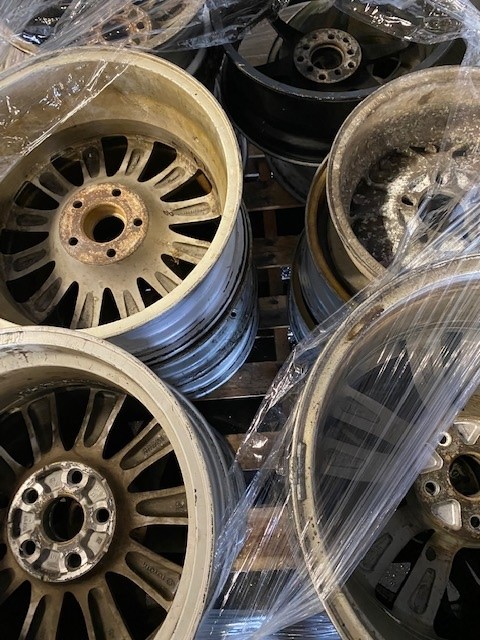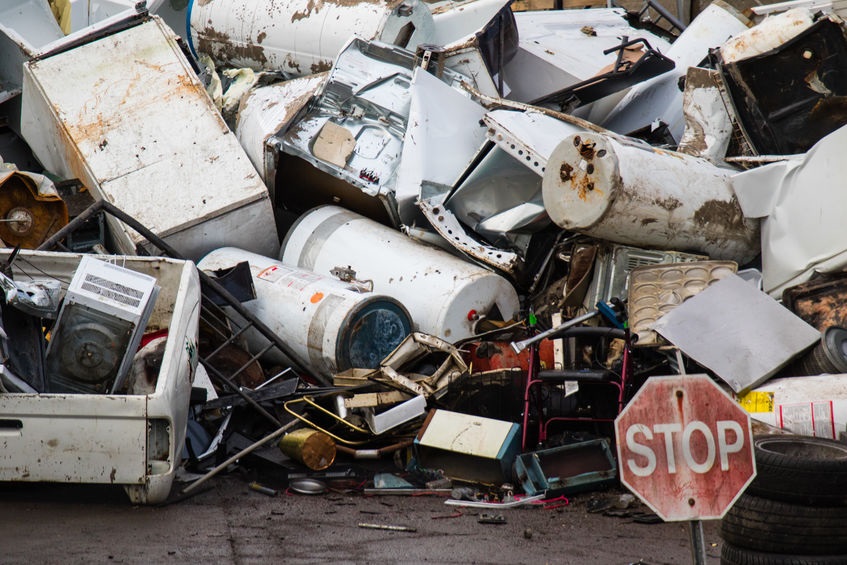Auto Cast / Rotors
$240.00
Disc-shaped components salvaged from automotive braking systems, typically made of cast iron or steel. Valued for their recyclable metal content and potential reuse in the manufacturing of new automotive parts.
Description
Iron scrap rotors refer to discarded or recycled rotor components made primarily of iron that are collected and processed as scrap metal. Rotors are mechanical devices commonly found in various applications, such as electric motors, generators, or braking systems, that facilitate movement or energy conversion.
Iron scrap rotors hold value in the recycling industry due to the recoverable iron content. Recycling iron scrap rotors helps conserve resources, reduce waste, and minimize the environmental impact associated with extracting and refining iron ore.
The recycling process for iron scrap rotors involves several stages. Initially, the rotors are collected and transported to recycling facilities or scrap metal yards. They are then sorted and separated from other materials to isolate the iron content.
Next, the rotors undergo processing, which often includes shredding or crushing to reduce their size. This facilitates further separation of iron from any non-ferrous materials present. Magnetic separation techniques are commonly employed to efficiently separate iron scrap from other metals or materials.
The separated iron scrap is then processed to remove impurities and contaminants. It may be melted in furnaces and refined to produce high-quality iron suitable for various applications.
Recycling iron scrap rotors helps reduce the need for extracting new iron from natural resources, saving energy and reducing greenhouse gas emissions. It contributes to a more sustainable approach to iron utilization and supports the circular economy by transforming discarded rotors into valuable raw material for manufacturing new iron-based products or components.
In summary, iron scrap rotors are discarded rotor components primarily composed of iron, collected and recycled as valuable scrap metal. Their recycling promotes resource conservation, waste reduction, and environmental sustainability by minimizing the reliance on virgin iron ore and minimizing the environmental impact of iron production.




